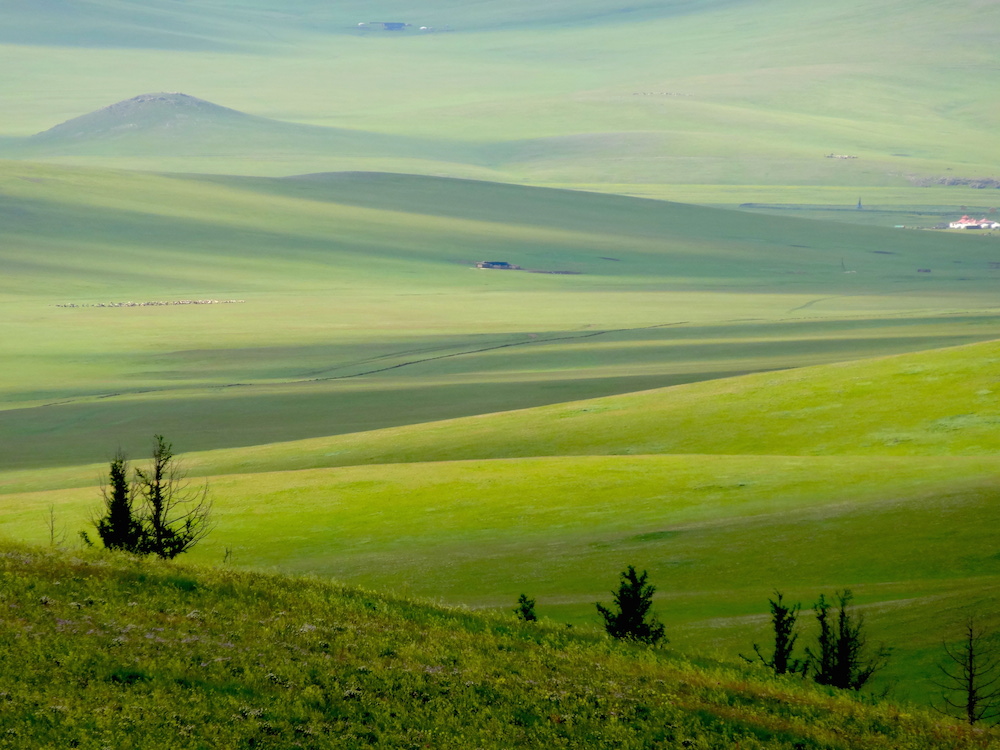Truth be told, alignment has never been something I liked. People arguing over what is good and what is evil, wars between law and chaos, detect spells, always evil races. Nothing about alignment really appeals to me. I don't think that people are wrong for liking alignment. It's just not my jam. I feel the alignment axis constricts stories a bit too much. I like the idea of clerics of a good god doing evil in their name, but you can't really do that with alignment the way it is. Not to mention the philosophical questions. If evil is a palpable thing, then is killing evil creature wrong? Should a paladin fall from killing a drow that has done nothing because they are always evil? It's kind of a headache. Also I really just can't get into Law vs Chaos. It doesn't really inspire me like it does others. And let's not get started on chaotic stupid evil PCs.
In addition, I like the idea of the darker, evil gods being facets of everyday life. It's something you saw with polytheistic religions. People prayed to dark gods to spare them, or perhaps the evil god had dominion over something that we use every day. Tezcatlipoca is a great example of this. He was a destroyer and a fairly evil god, but people still built temples to honor (or fear him). Tezca also had dominion over magic and was the patron deity of nobility. So instead of having clerics of Quetzalcoatl routing out cults of Tezcatlipoca, you'd instead have luxurious grand temples dedicated to the Smoking Mirror. I really like that idea of an 'evil' god (certainly not a nice god) having a large sway over civilization without damning worshipers to Hell.
Also can't say I'm a fan of Always Evil races. I feel it restricts your options when encountering monsters, since most players see Always Evil and keep their options to kill and loot. And you can't really blame them. In D&D, evil and chaos are palpable things. If something is always evil and known to be always evil (like drow, orcs, etc), then there is probably the best thing you can do. Sure you kill a bunch of orcs and goblins, but think of the potential human lives you save by doing it. I like the idea of players deciding to negotiate with orcs, parleying with dragons, and redeeming demons. Keeping that option open is pretty nice and can be refreshing when players make new, monstrous allies.
Still, there is value to having tags that describe your character. Ones that can help as a sort of rubric to see what your character's personality and reactions to situations would be like. But flexible enough where you aren't beholden to them and can simply change them as your character grows. So I've through out classic alignment and I use Motives, Nature, and Methods, or MNM. It's good if you just want some quick and sweet descriptor about your character and don't have the time or inclination to make a backstory.
 |
| Sorry, wrong one |
Motives are tied to who benefits from your actions. Natures are you natural tendencies. Methods are how you carry out your desires and achieve your goals. You come up with your character's personality, and then pick which three tags from each category best fit them. The seven tags are listed below:
- Altruistic (Motive): Altruistic people tend to think about other people, doing things to help them out regardless of the outcome for themselves. Some are self sacrificing, while others on the more extreme end believe the good of the many outweigh the good of the few.
- Conforming (Nature): Those that conform tend to go with the flow, rarely deviating from the norm. They are more comfortable with sticking to the status quo, since to them, that's what has worked.
- Mercenary (Motive): Mercenary people think about themselves, perhaps extending that to a small group of people. Many may just want to live a good life, avoiding other people's conflicts, while the more extreme may only care about others that have some value to them.
- Pragmatic (Motive, Nature, & Method): Pragmatism is based on logic and efficiency. Morals may or may not weigh in on how to achieve a goal. Pragmatists are comfortable using most means necessary to achieve their goals without getting into extremes.
- Principled (Method): The principled are bound to a code, personal or not. Bound by honor or ego, the principled tend to stick to this code when achieving their goals. It's a big deal if a principled character breaks their code.
- Ruthless (Method): Those that are ruthless have no qualms with overkill, and will do whatever it takes to survive and win. Lie, cheat, steal, kill... few things are taboo to them.
- Unorthodox (Nature): Unorthodox people tend to go against the grain. Tradition can be stifling and only through innovation can they accomplish their goals.
So I can make a character that is Altruistic, Conforming, and Principled. Or Mercenary, Pragmatic, and Ruthless. Or any crazy combination of these. Altruistic, Unorthodox, Ruthless sounds pretty fun.
Note that good and evil are purposefully unattached to these tags. That is because people of any moral compass can actually have similar motives, natures, and methods. A good person can be Ruthless and Mercenary, and evil acts can be done by an Altruistic and Principled person. It's up to the player to fill in the specifics. Like alignment, this is meant to be a spectrum. Unlike alignment, there are absolutely no mechanics that are tied to your motives and methods. There is no detect altruism or protection from ruthlessness. You won't fall because you decided to become mercenary or pragmatic. There is detect fiend and summon celestial, so those spells that do those things are still very useful without giving away a bad guy NPC.
As for divine casters, I have faith play the most important part in casting. The cleric must have absolute faith in their god and the tenants of their deity. Note deity instead of church. I like the idea of heresies of the same religion fighting each other. Schisms are great adventure fodder. Now with faith, I do intend to have a Stress/Fear style of rolls for situations. And if a cleric fails their fear roll, then their faith wavers and bad things happen. More on that another time.
These tags can change, especially when the chips are down. In film and literature, there are plenty of examples of characters who, when the going got tough, they defied their normal motives and methods. Han Solo, normally mercenary, comes in to save Luke during the Death Star trench run. Whereas Frodo, normally altruistic, dons the ring at the very end. Remember that you dictate your motives, natures, and methods, not the other way around.
I've used this for a couple of games in the last year and a half and it really works well. It's helped to have players shape how their characters work in the game world without having to worry about falling or such. I definitely want to expand on this more at some point, but I think right now, it's fine the way it is.
I had also considered a Passion axis with Zealous, Moderate, and Apathetic, but I think that is unnecessarily complicated. Plus, MNM has a better ring to it.

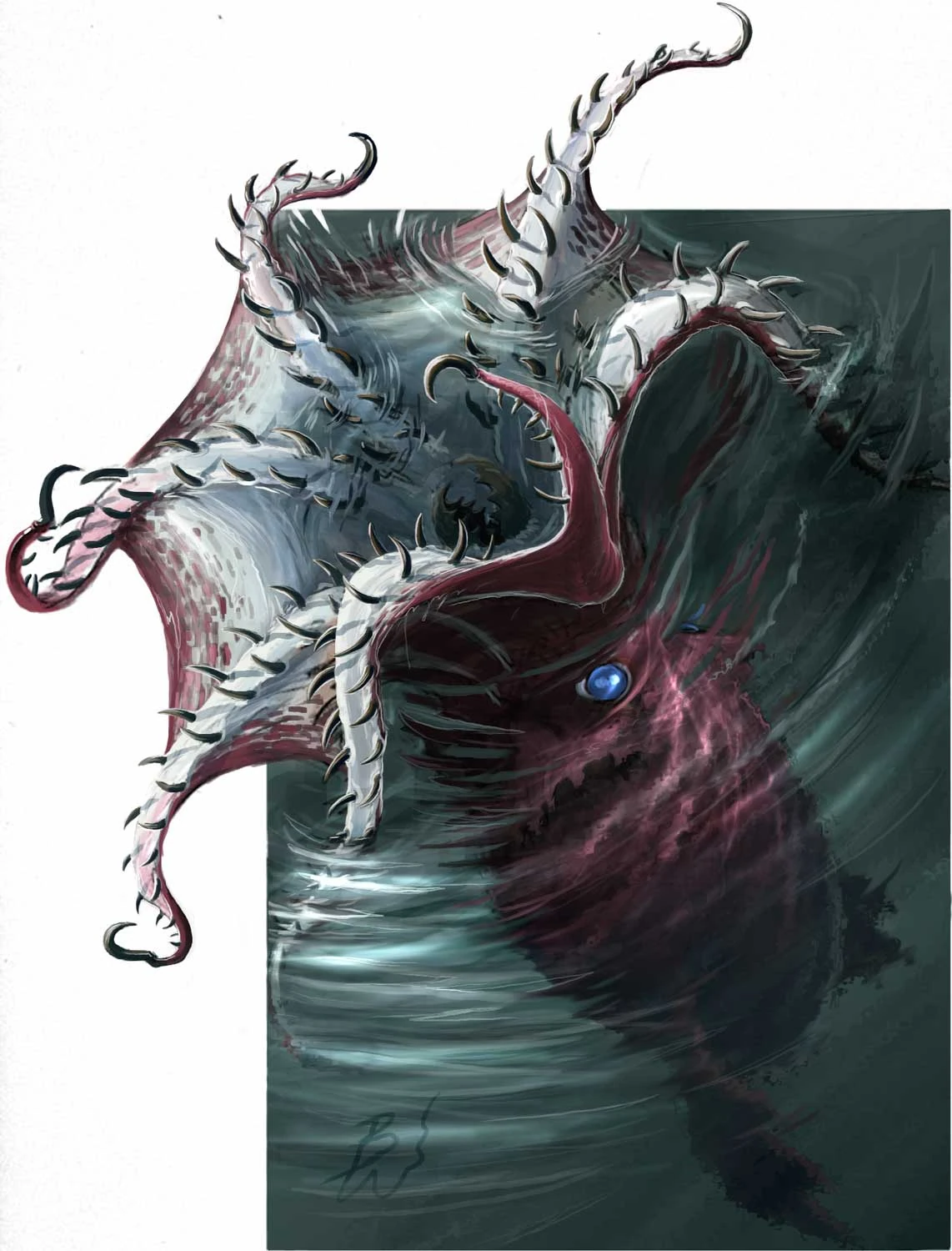
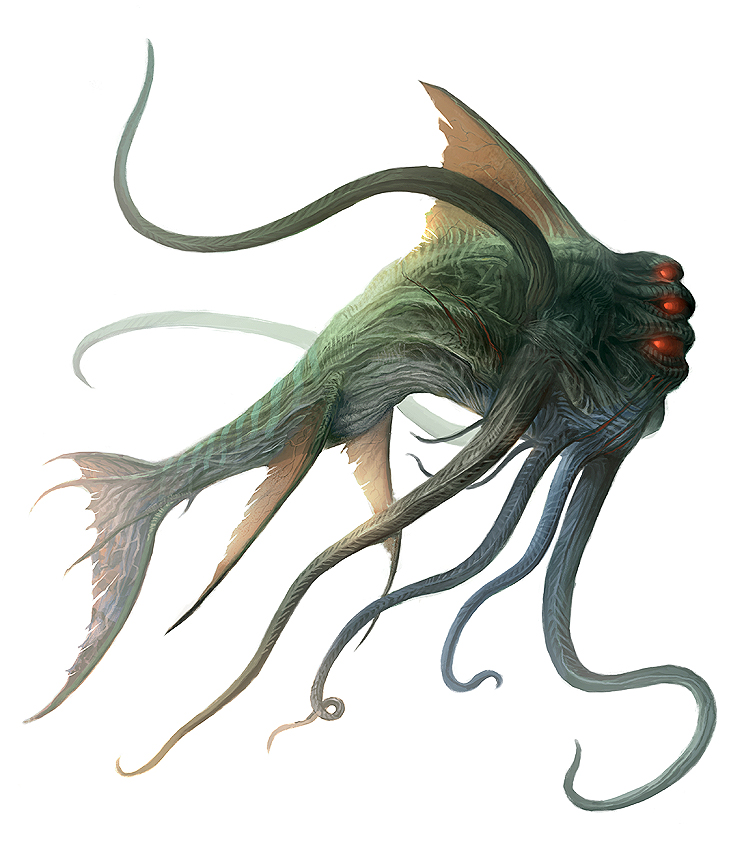
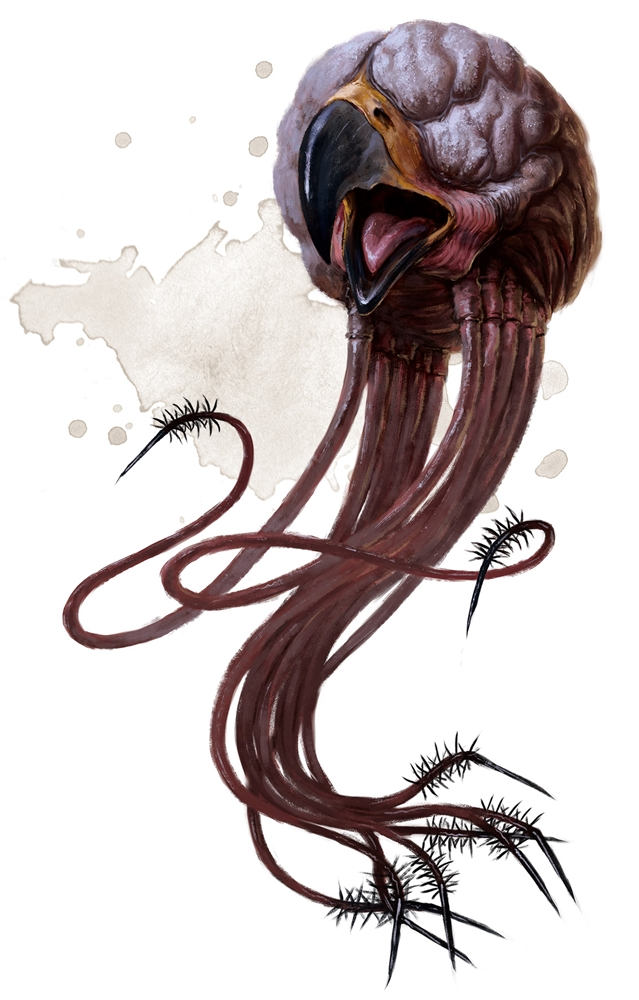

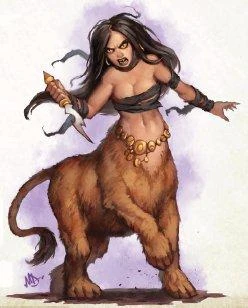
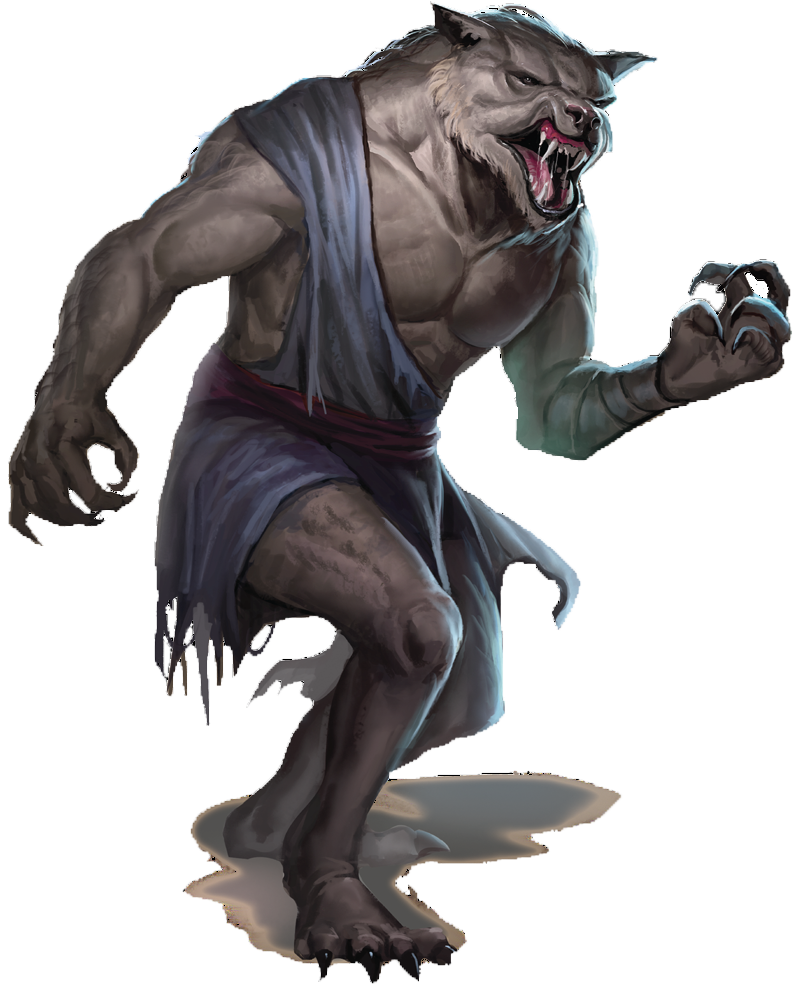
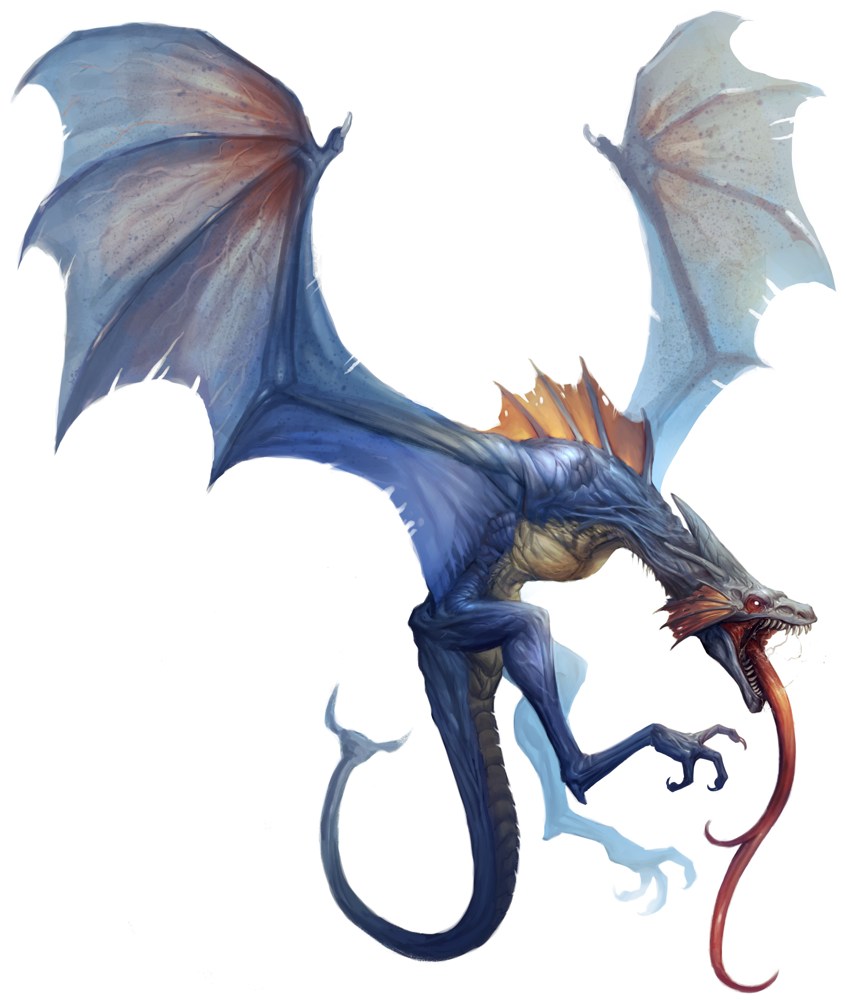

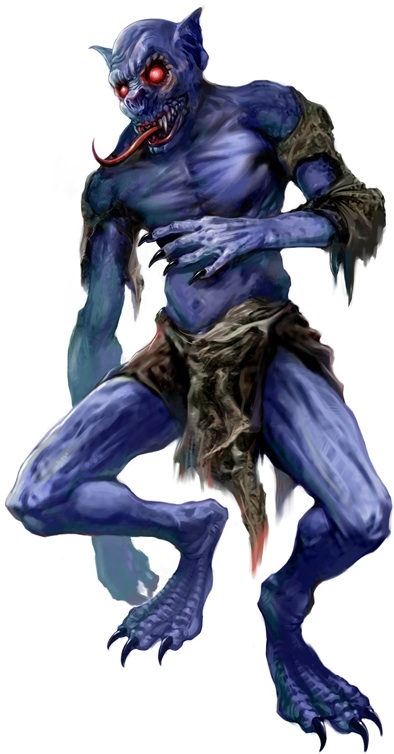



.jpg/800px-Cenote_in_valladolid_mexico_(21362599476).jpg)
